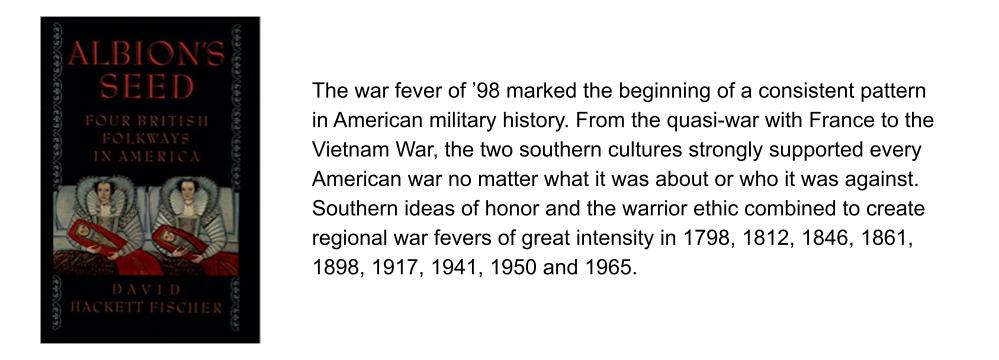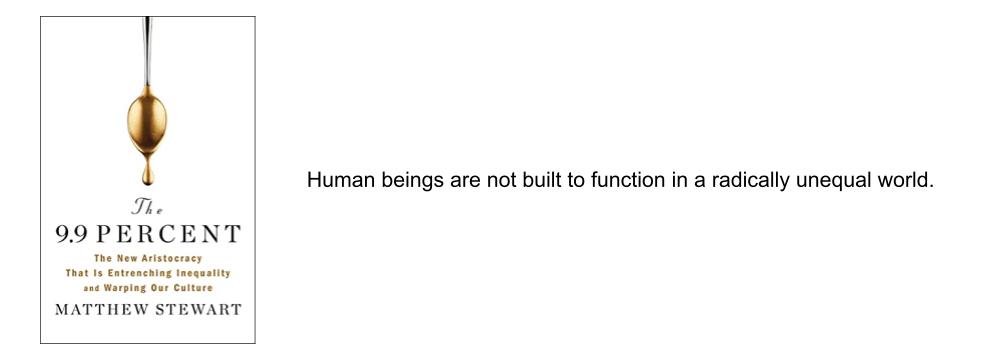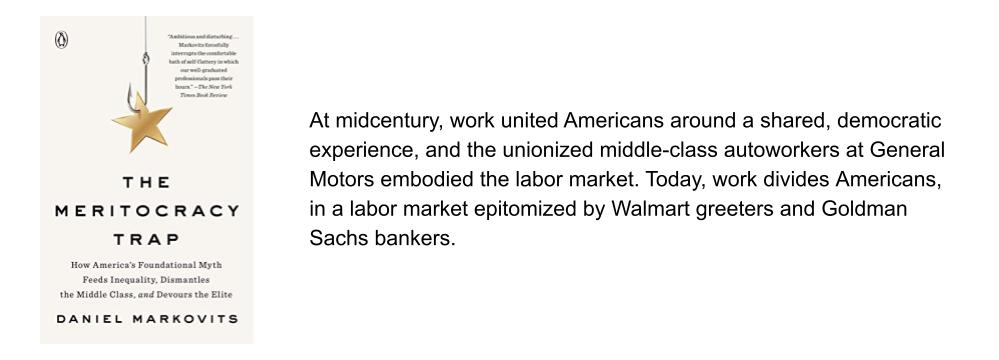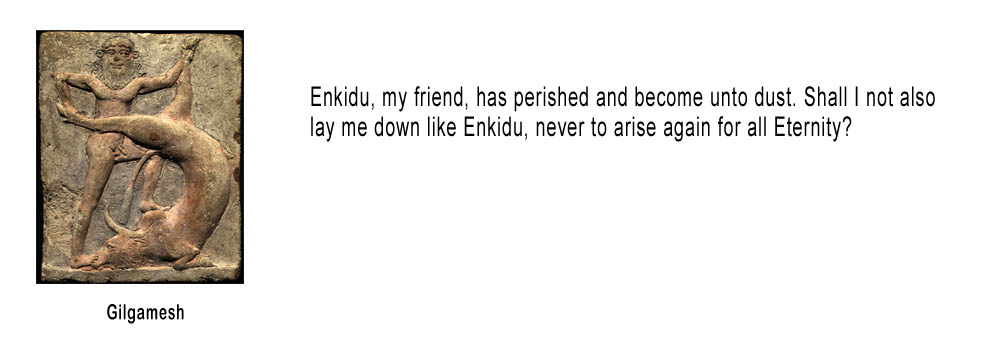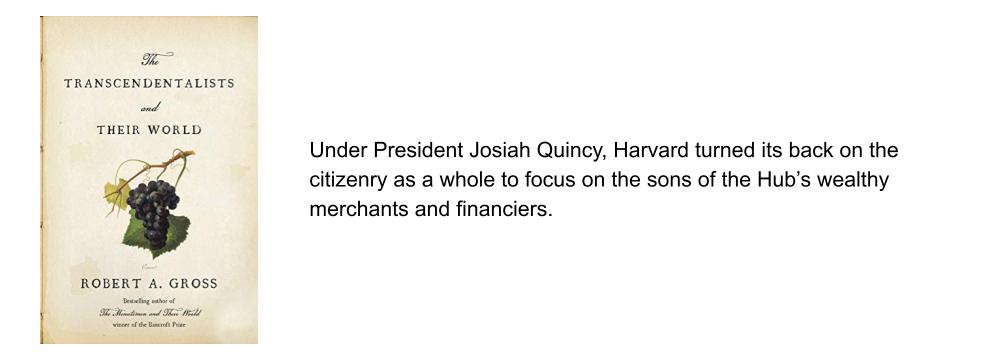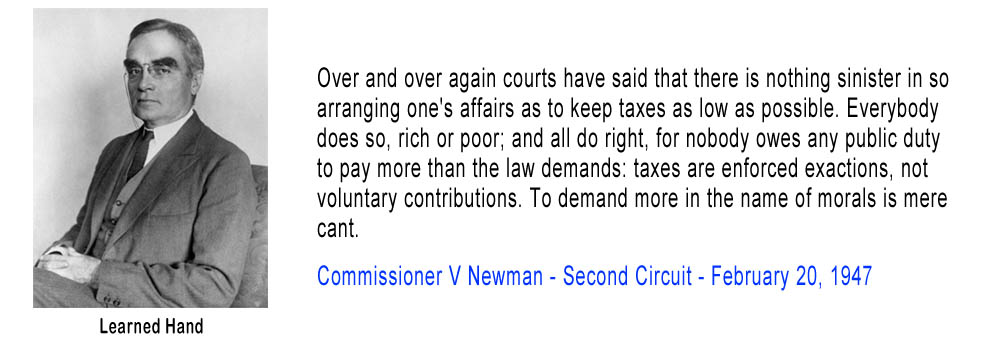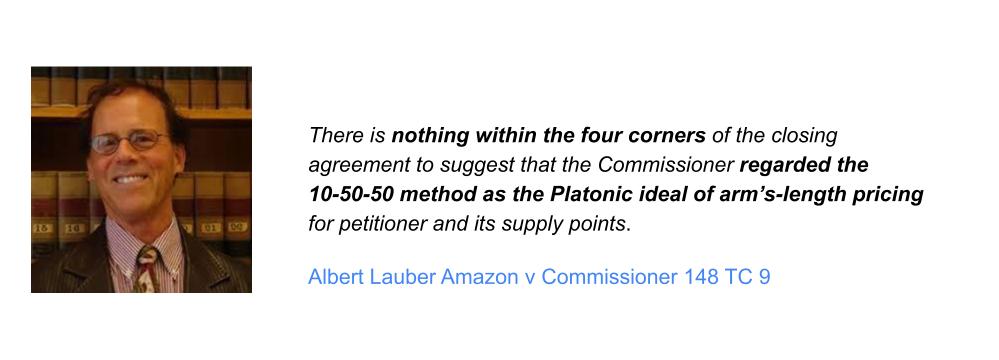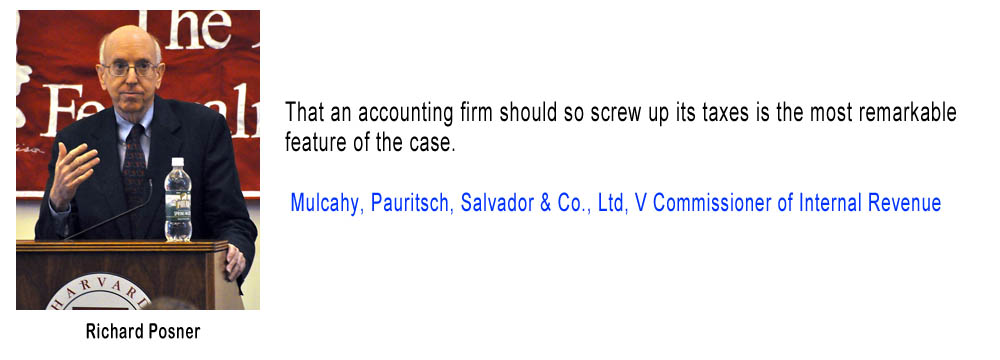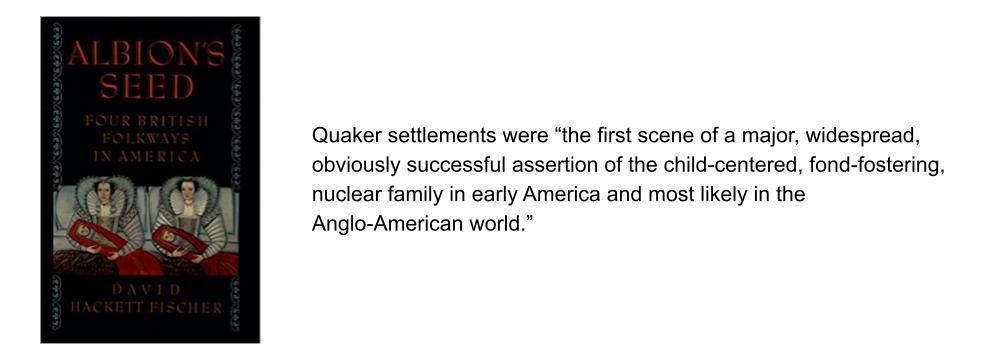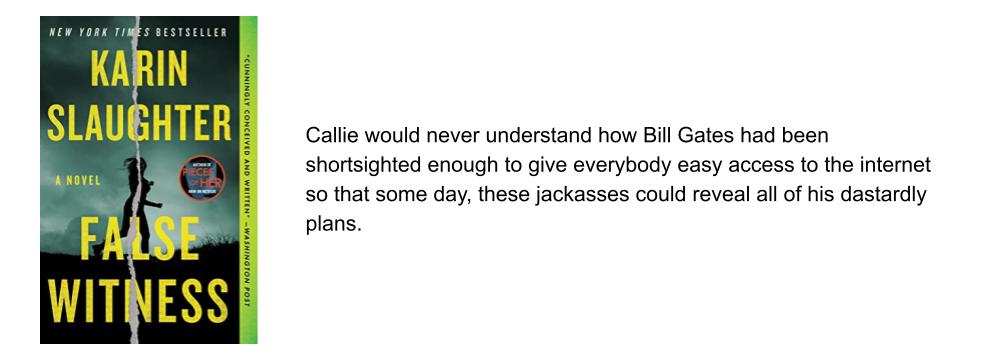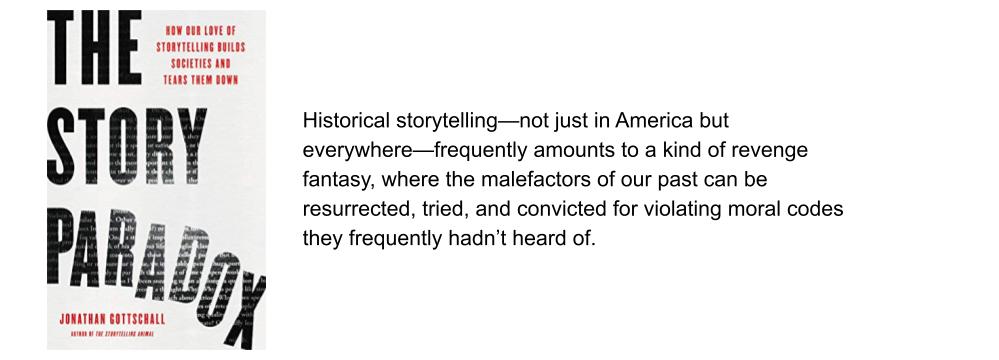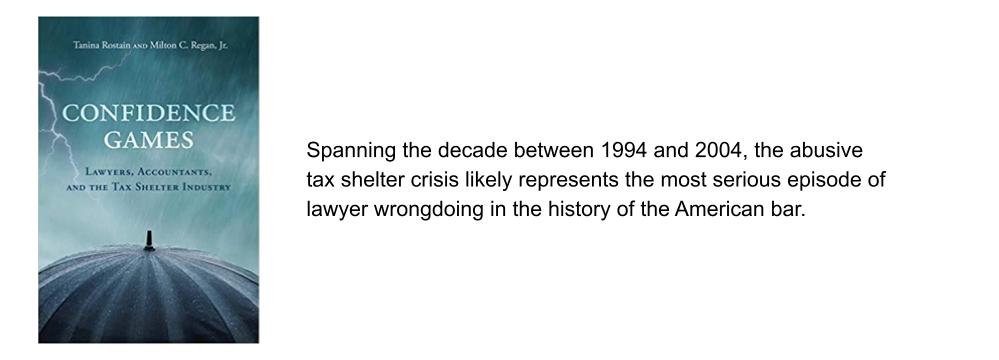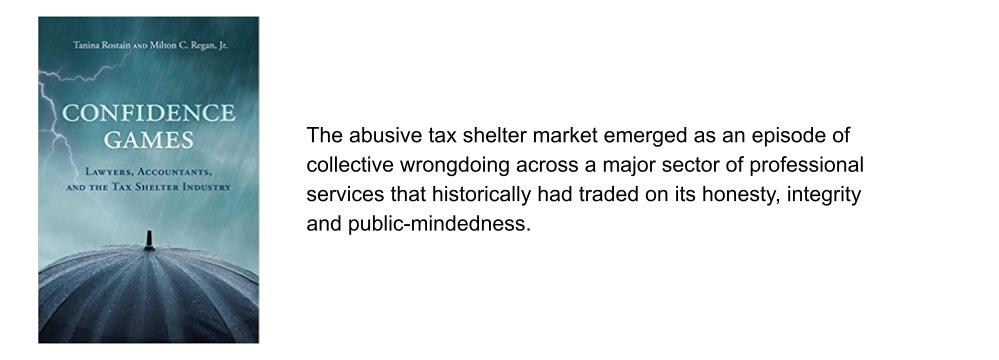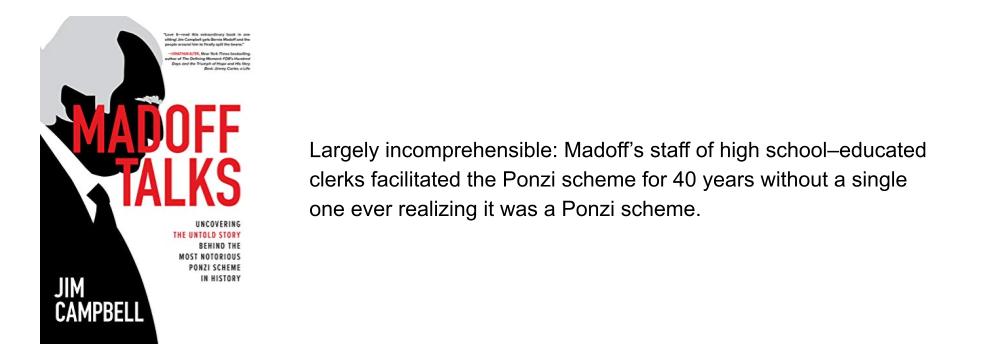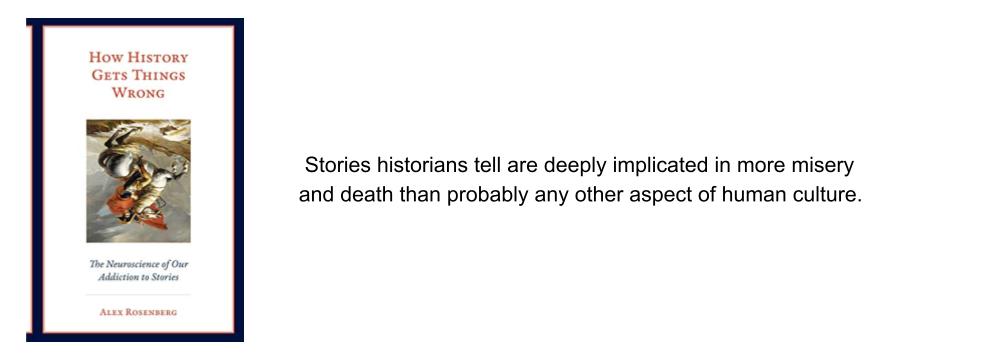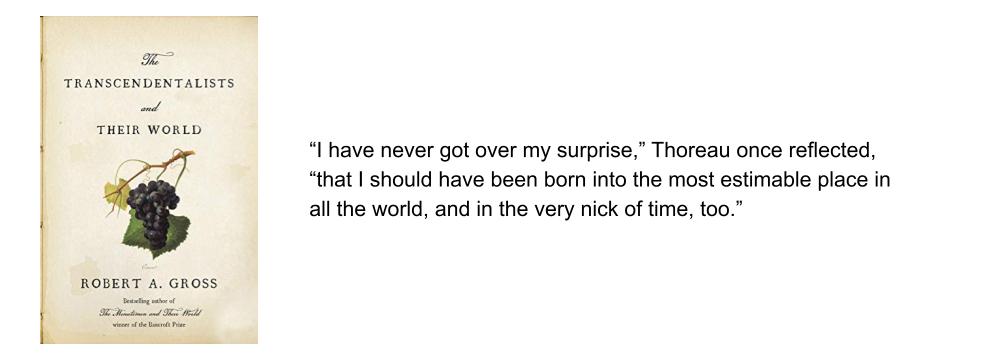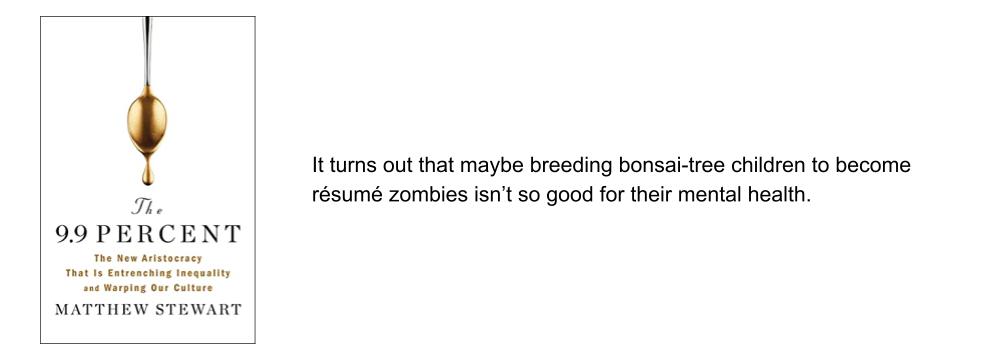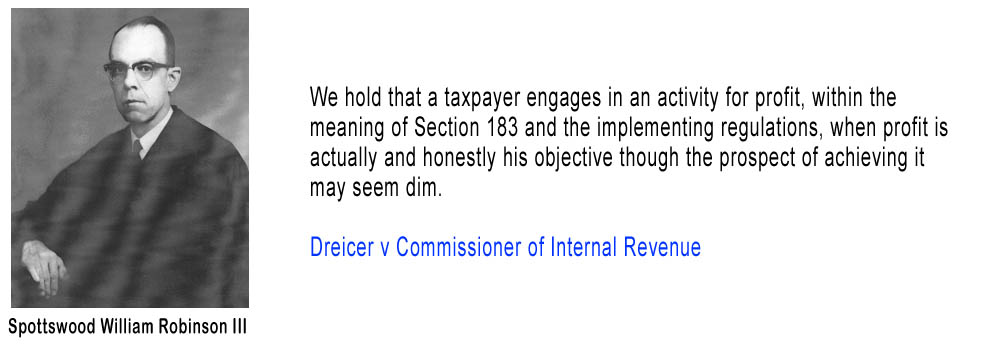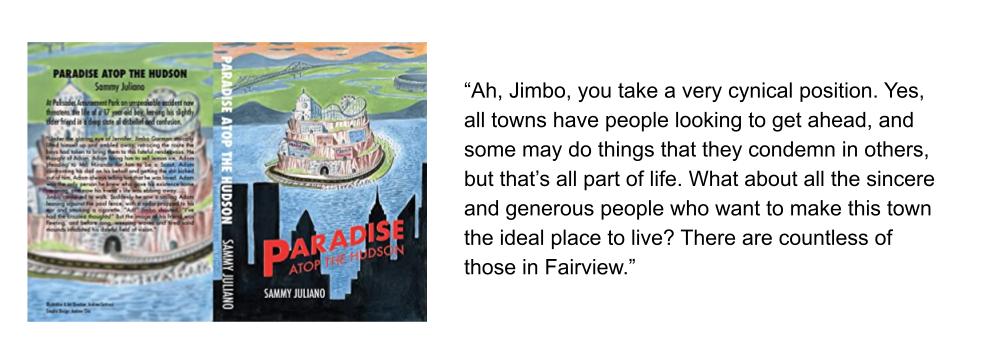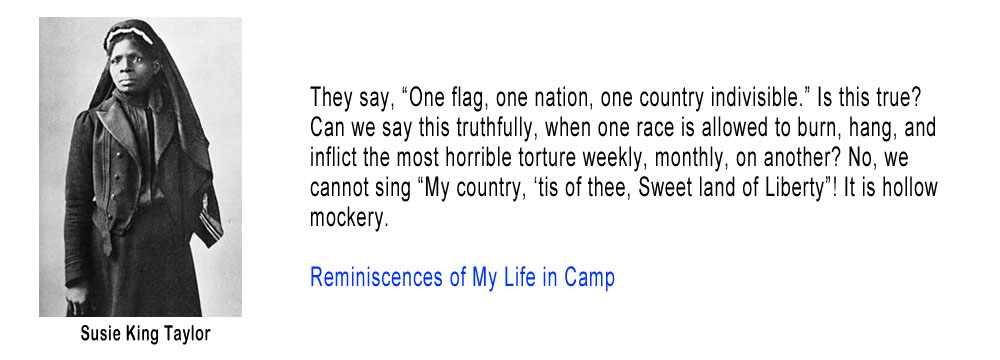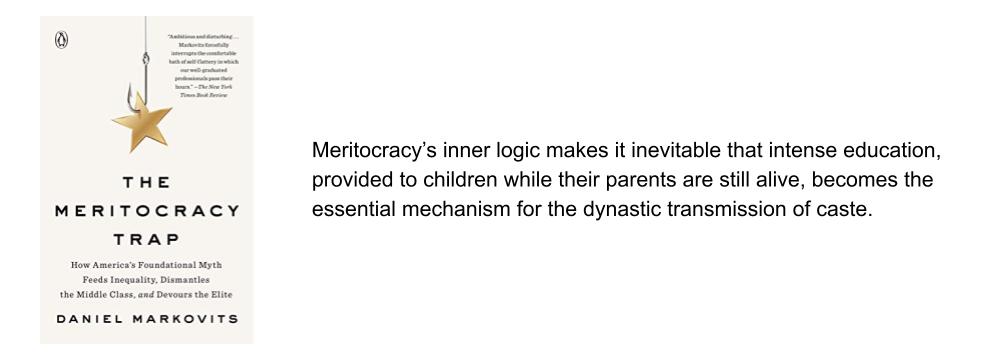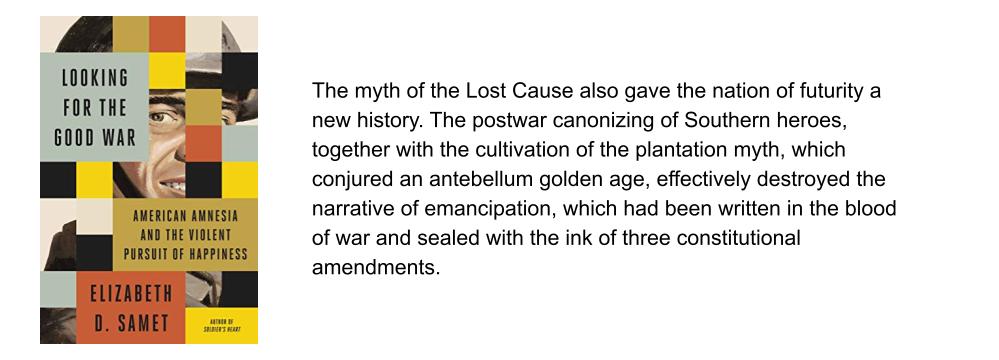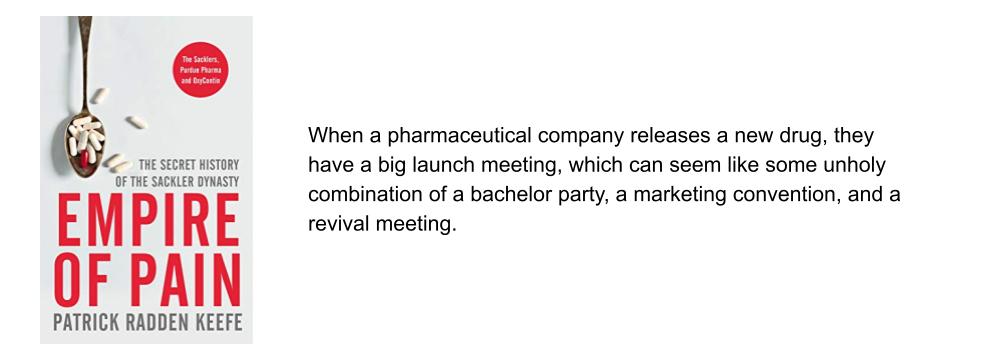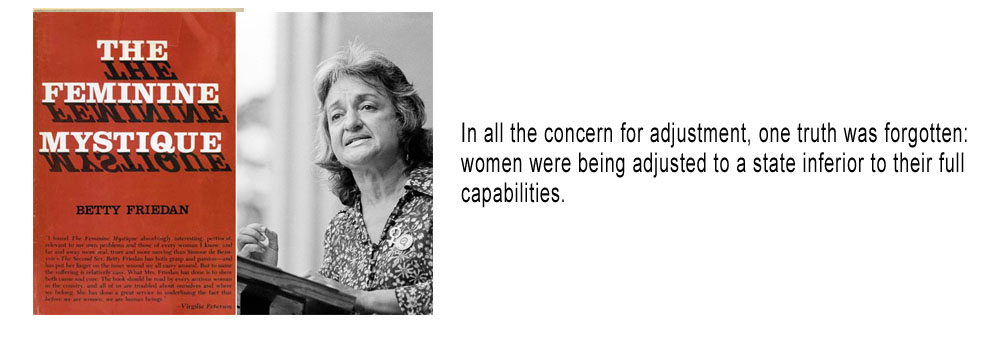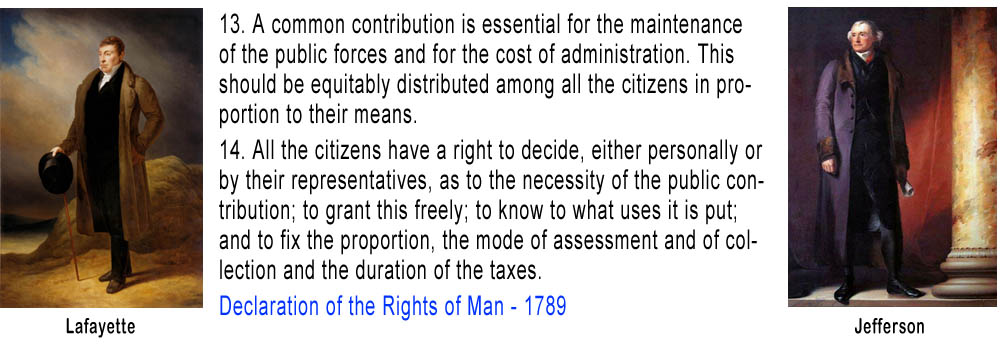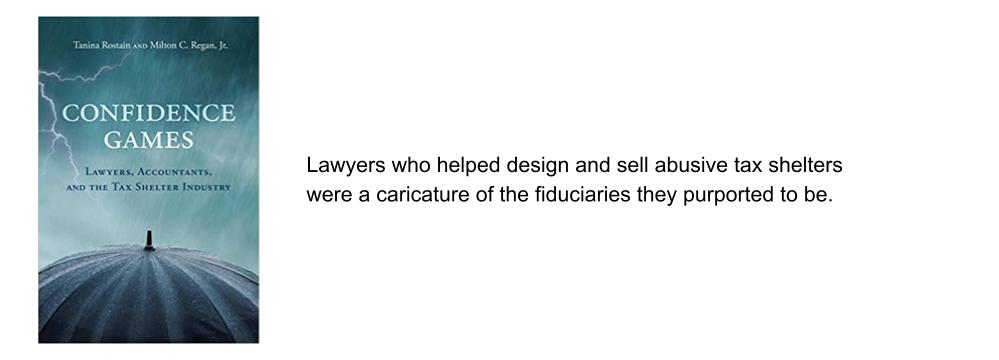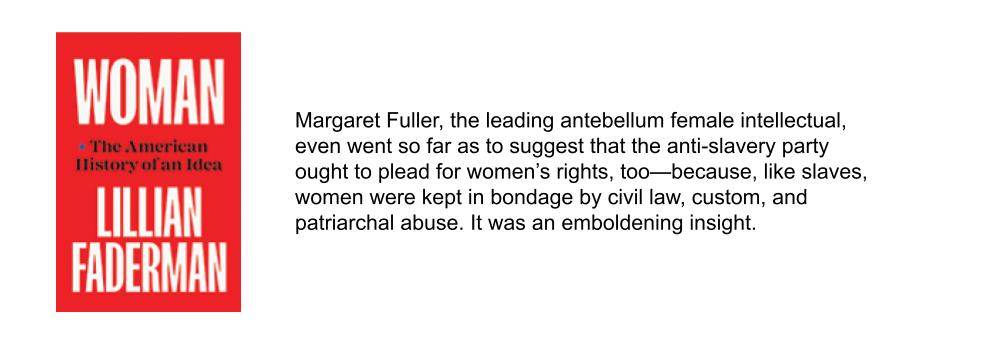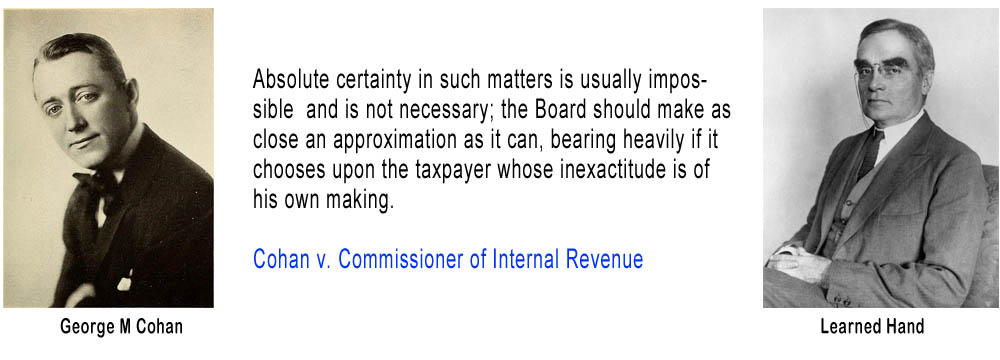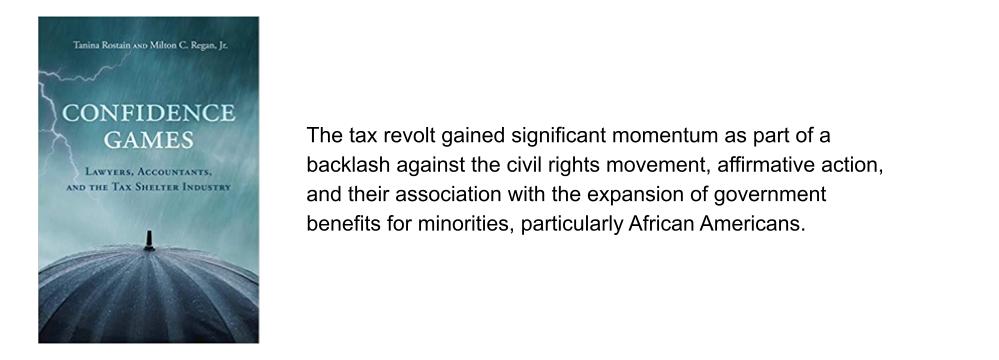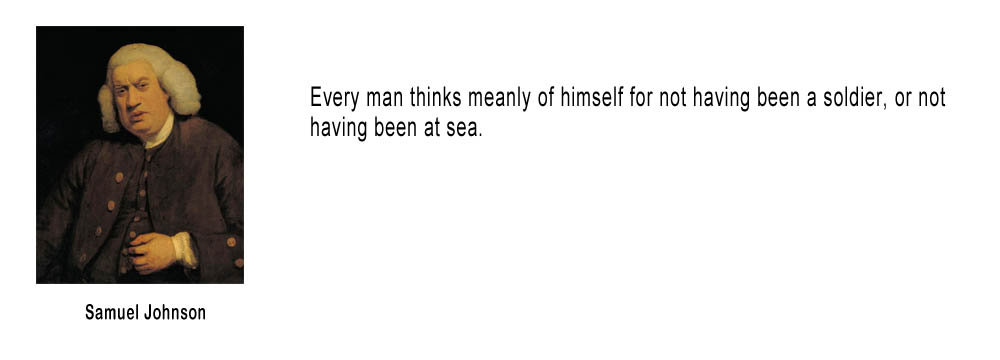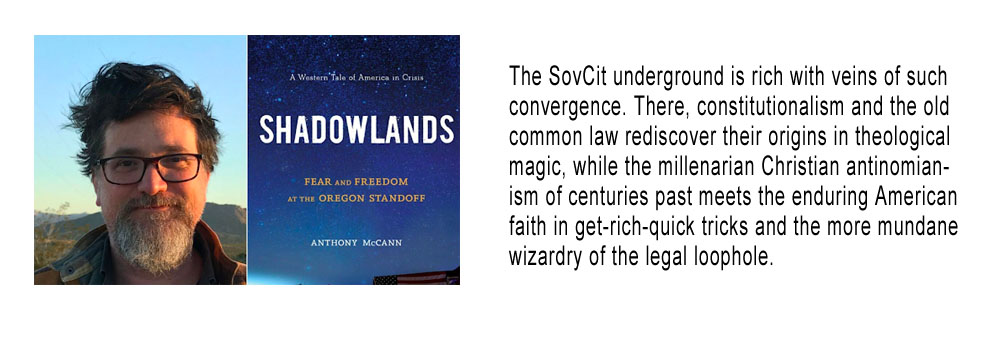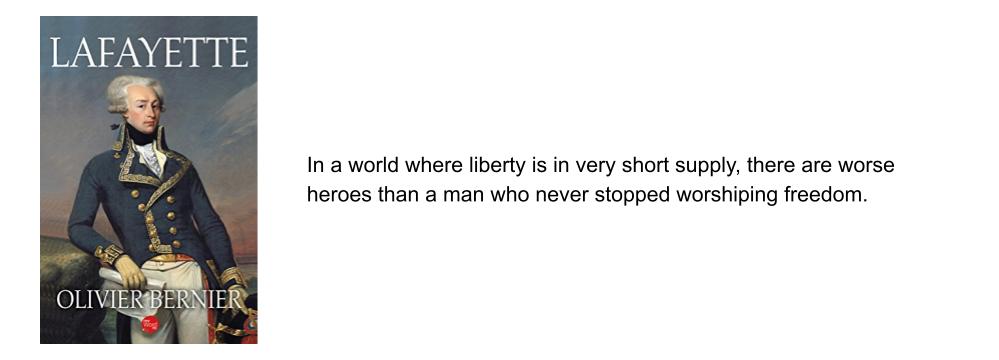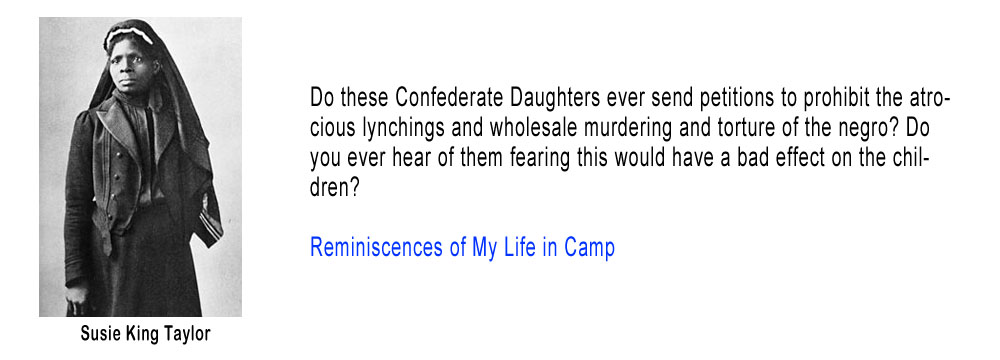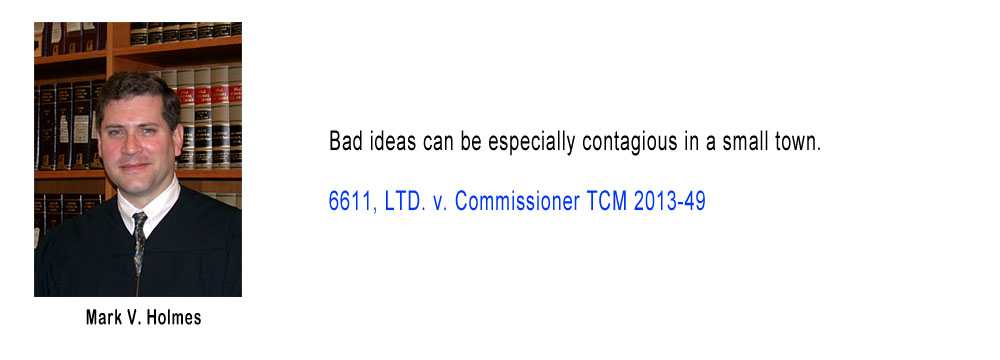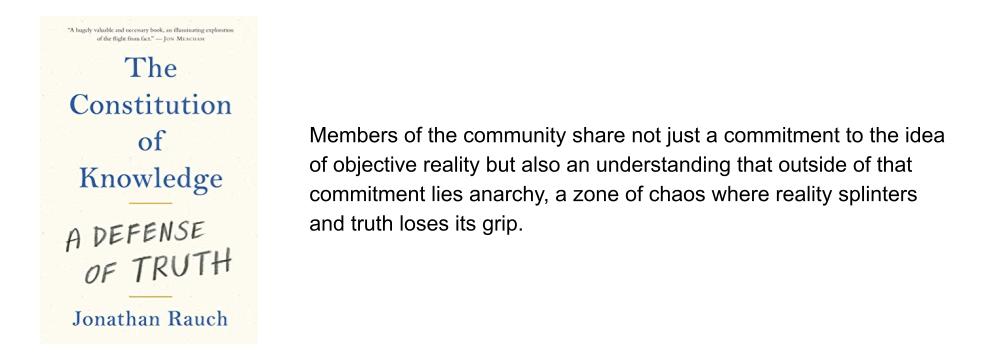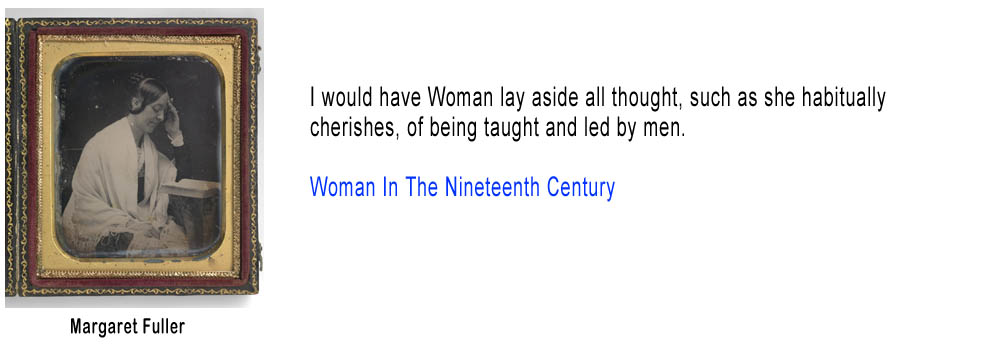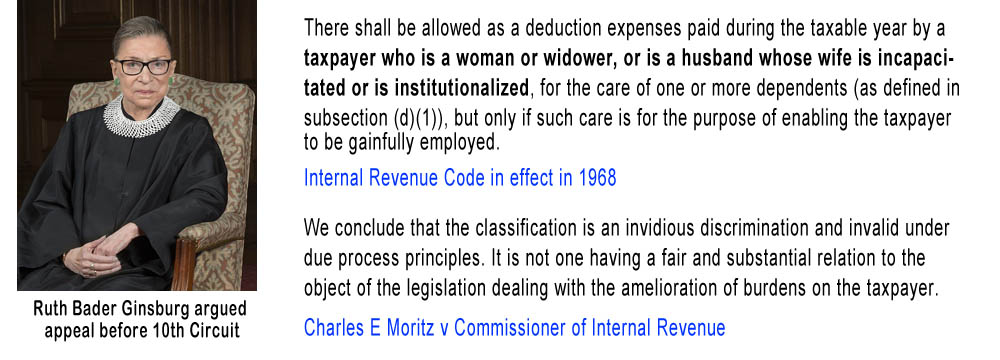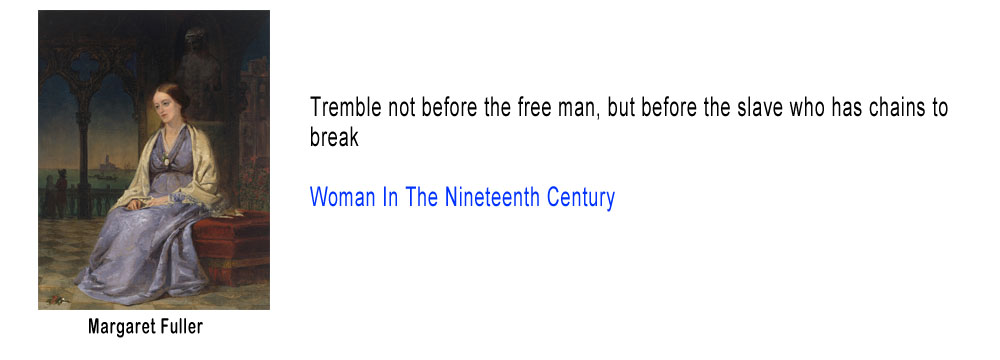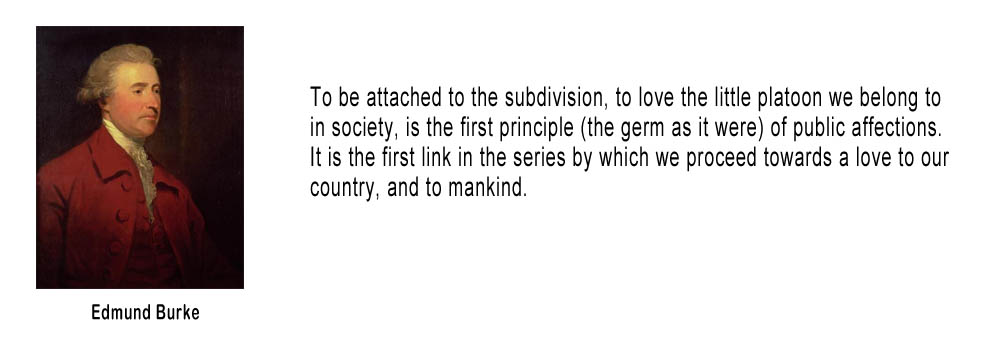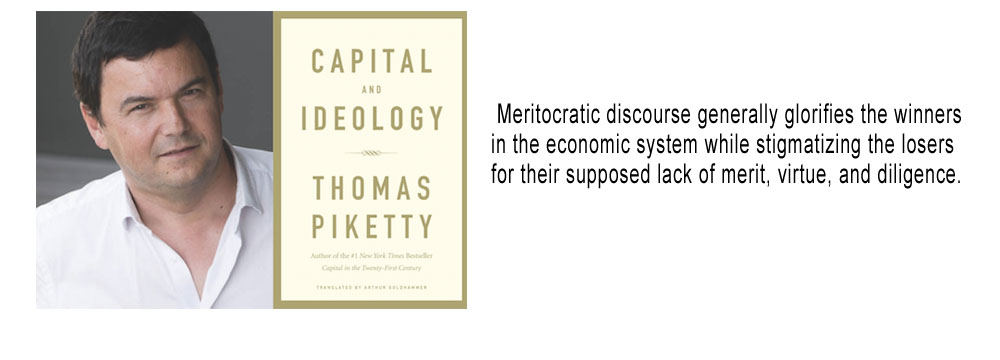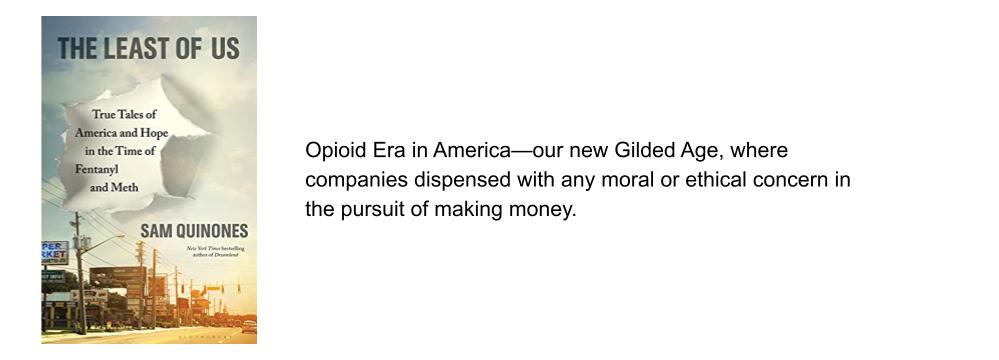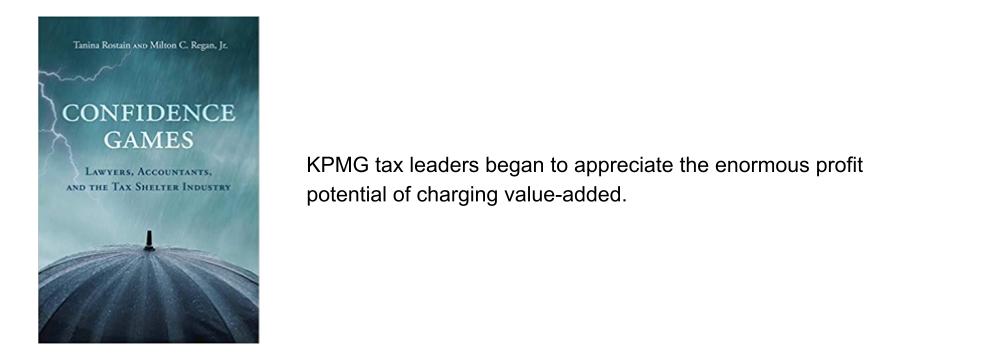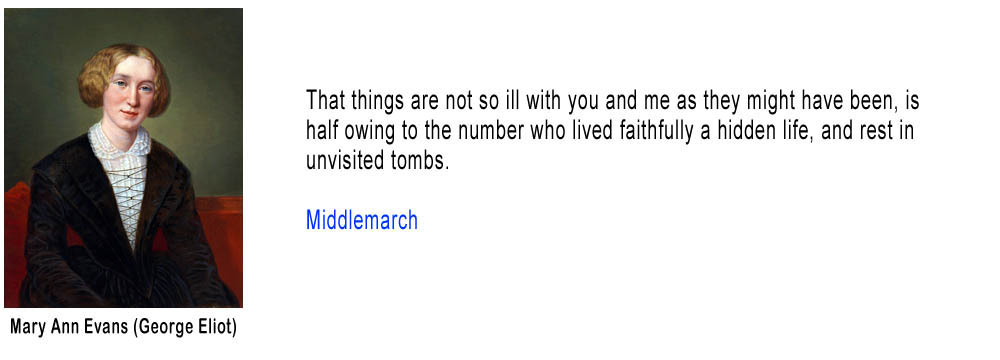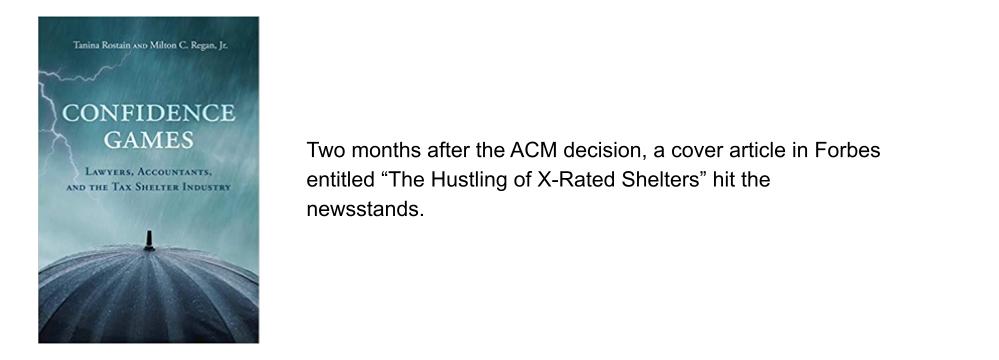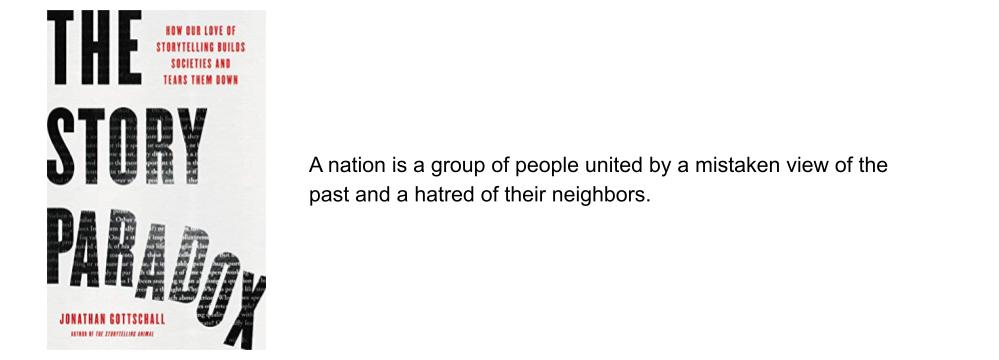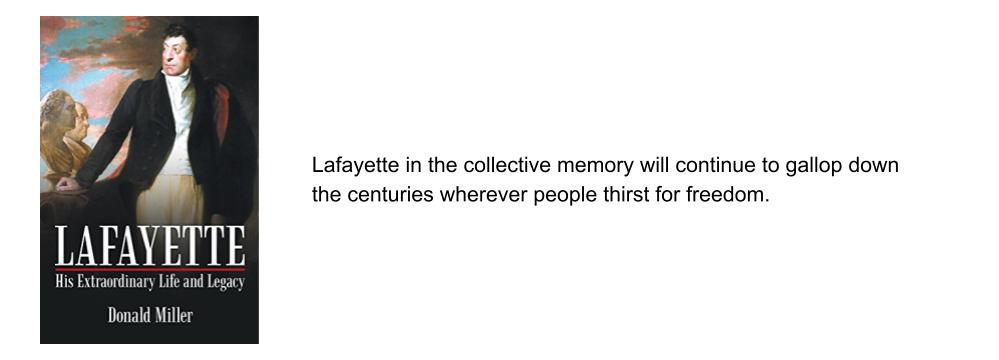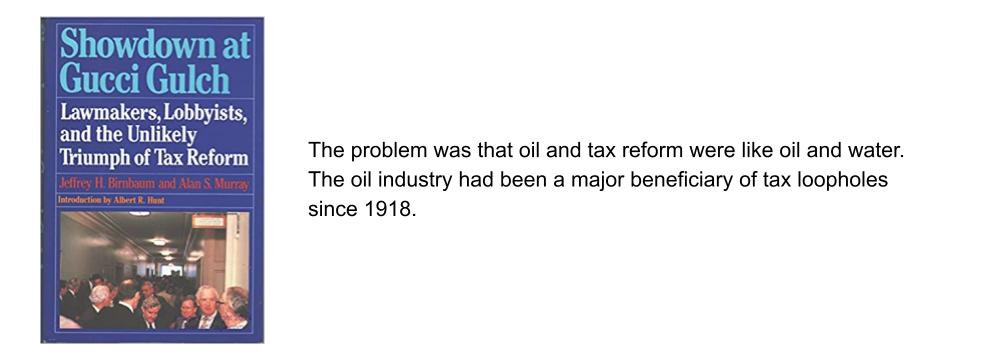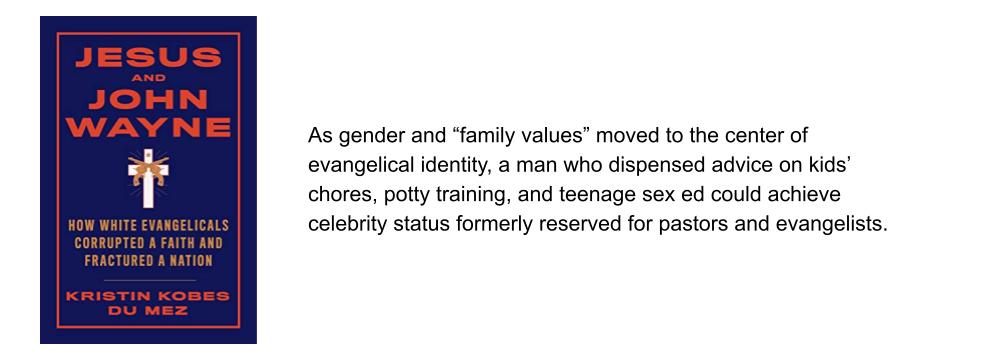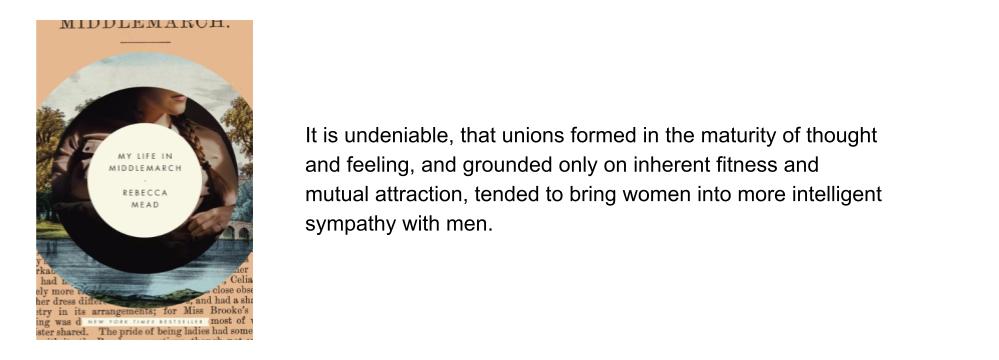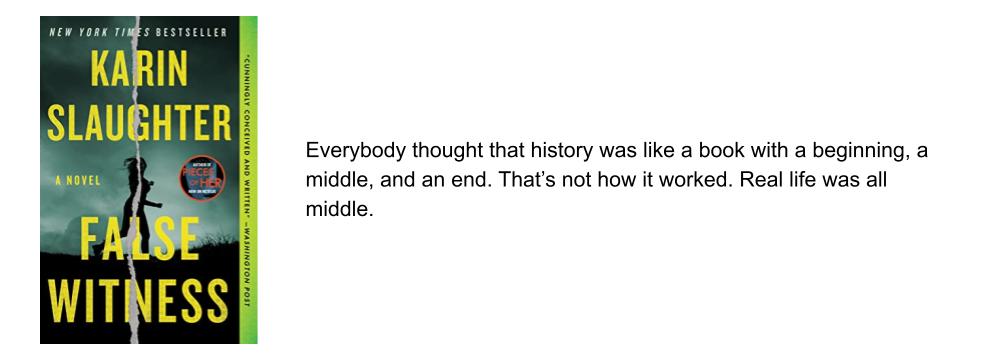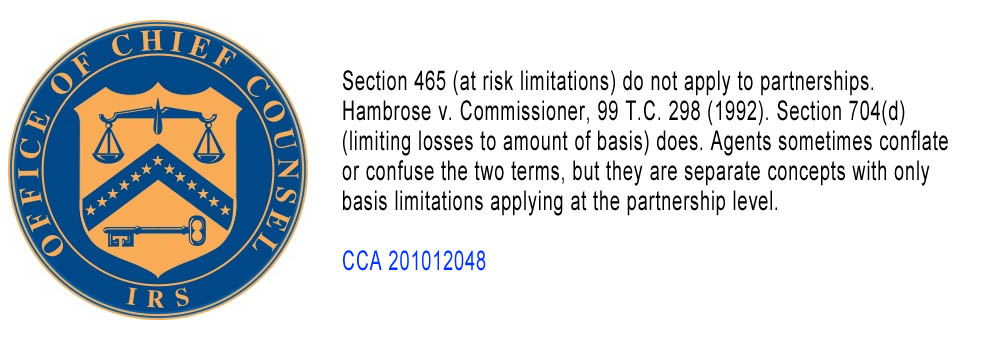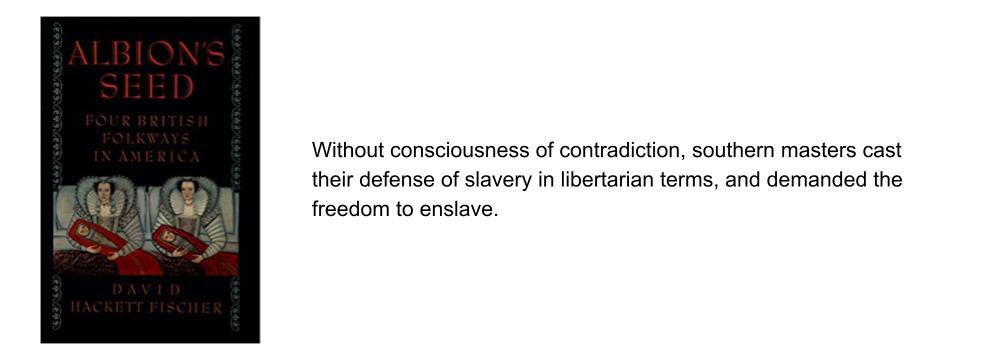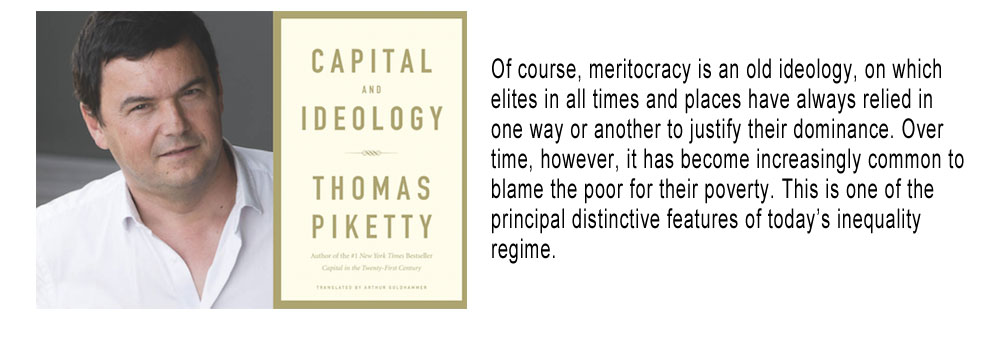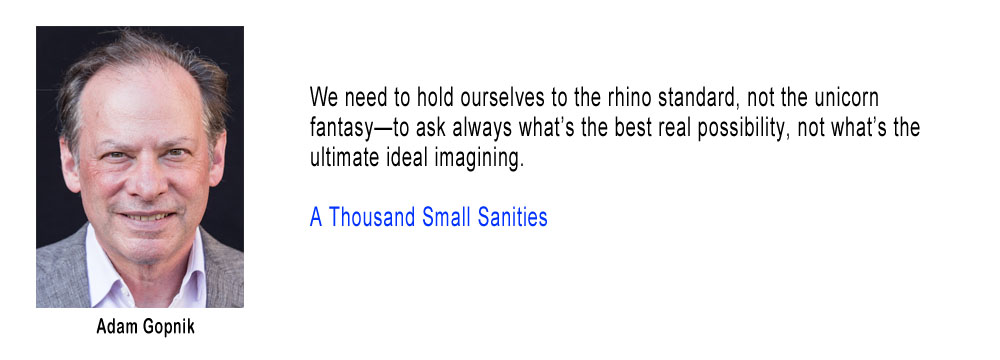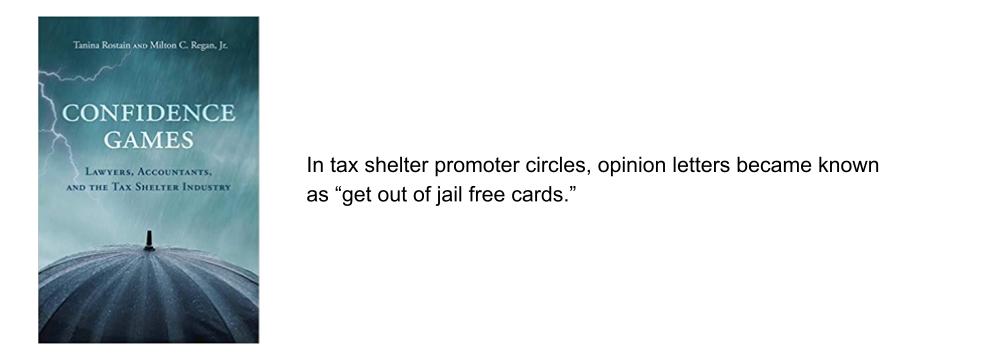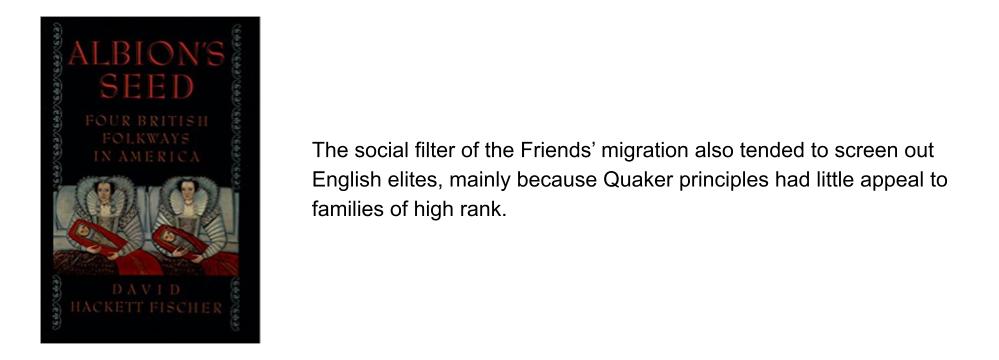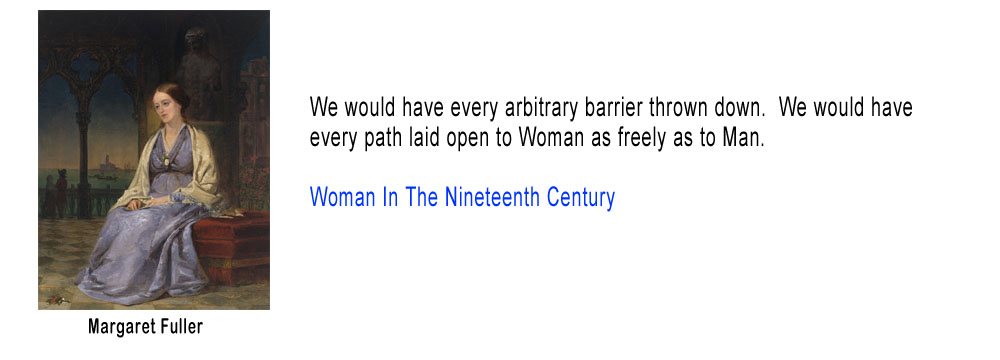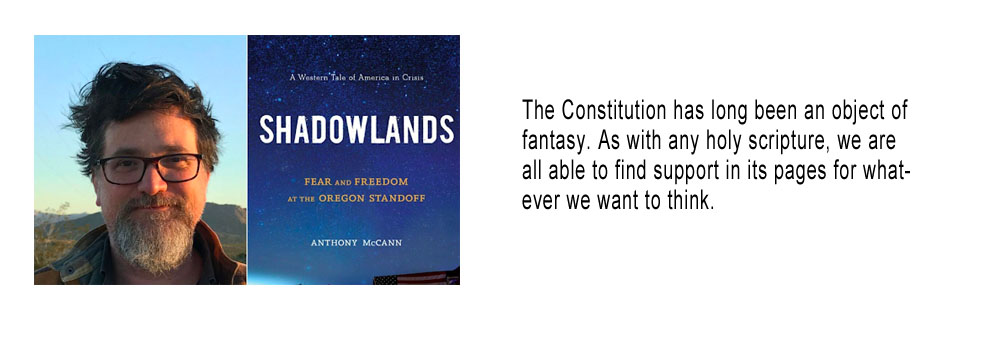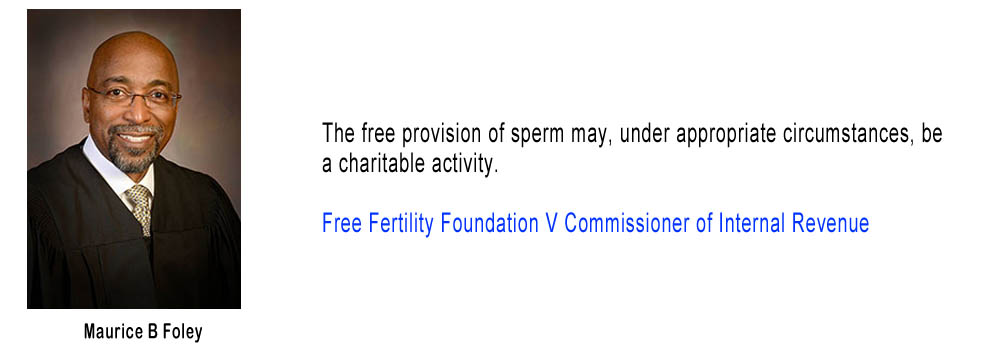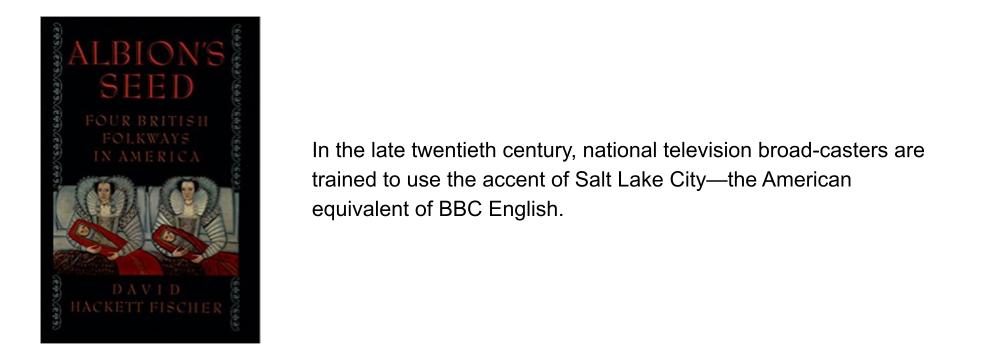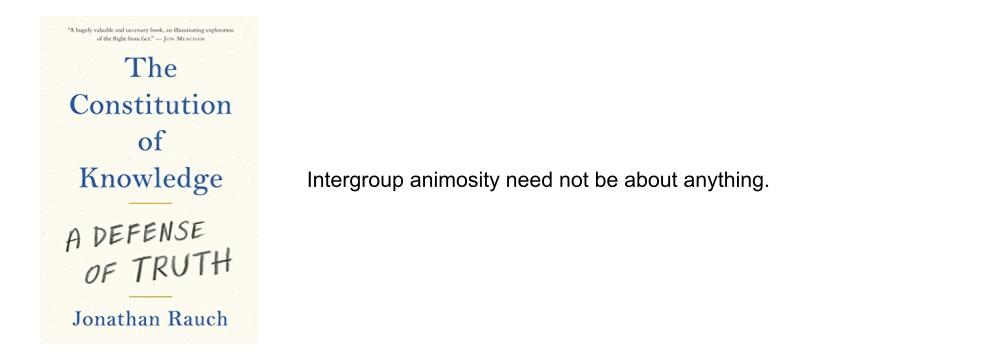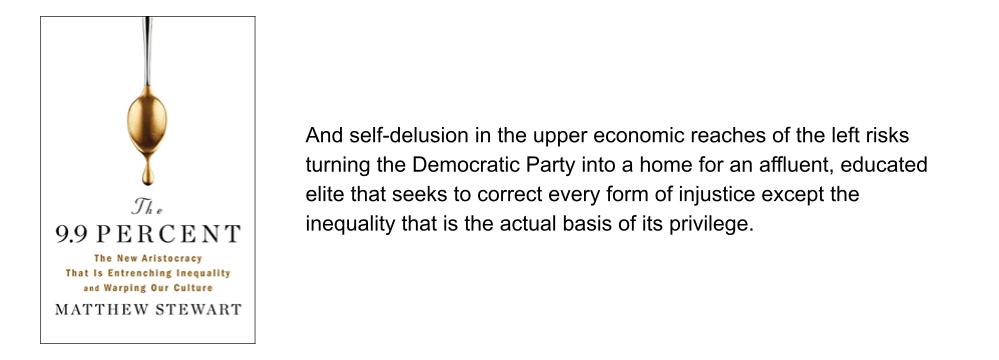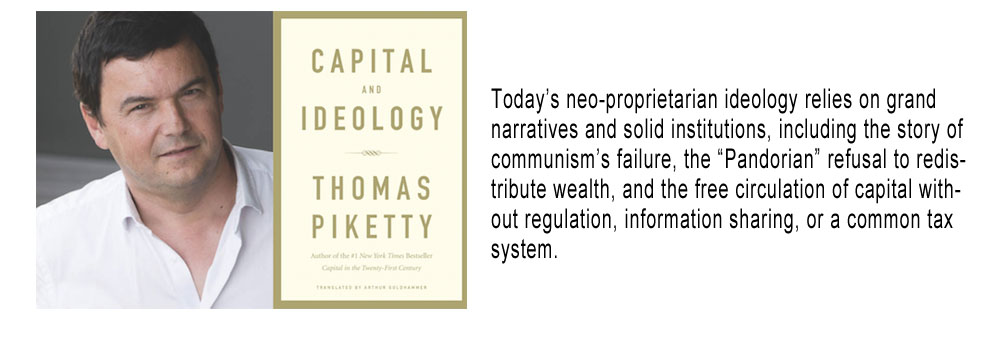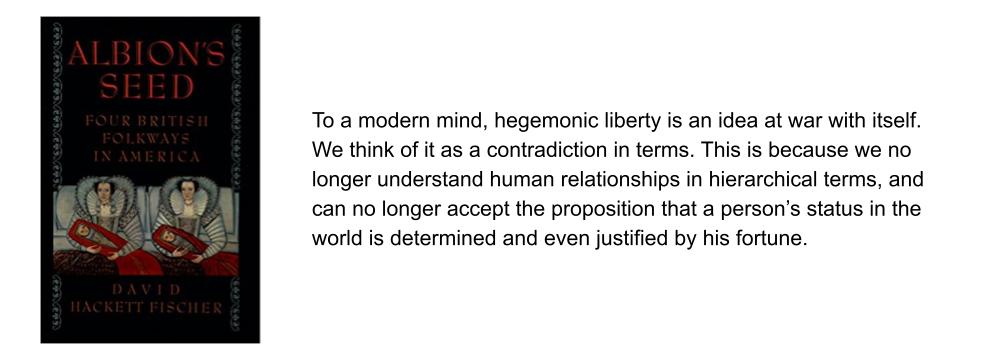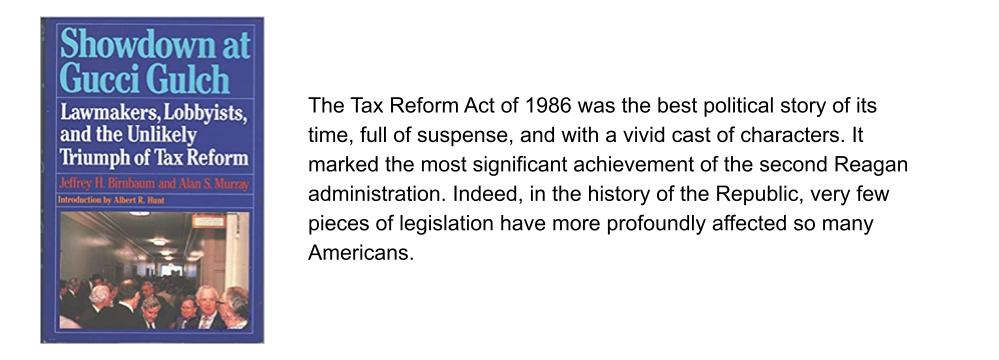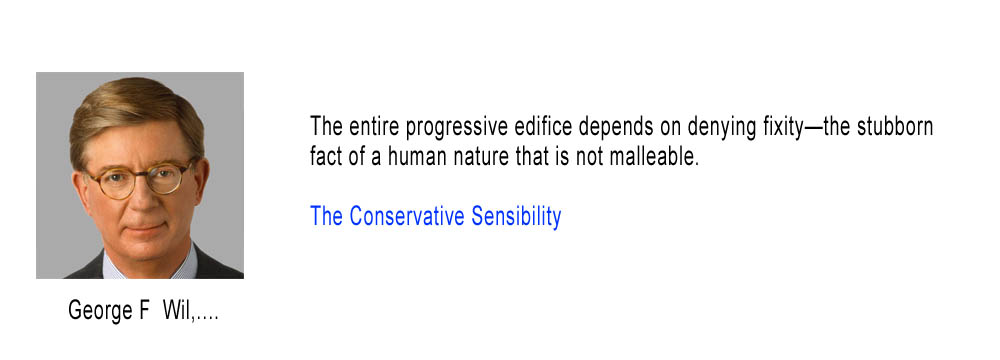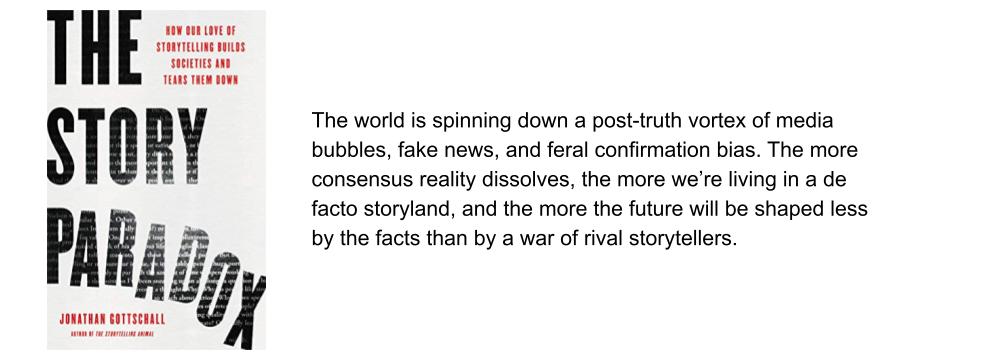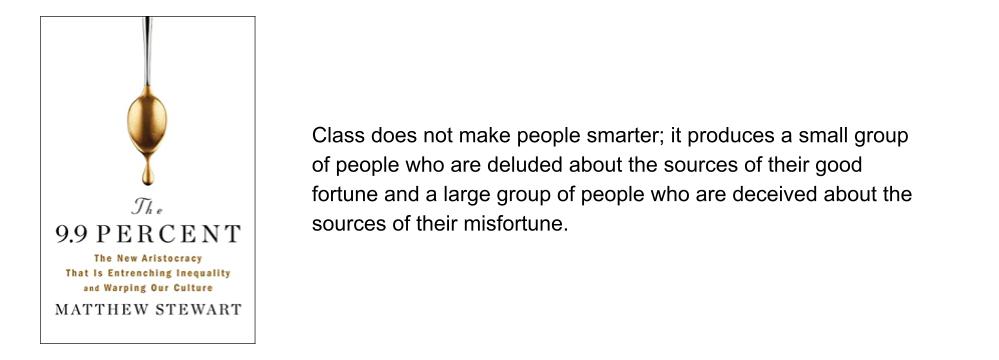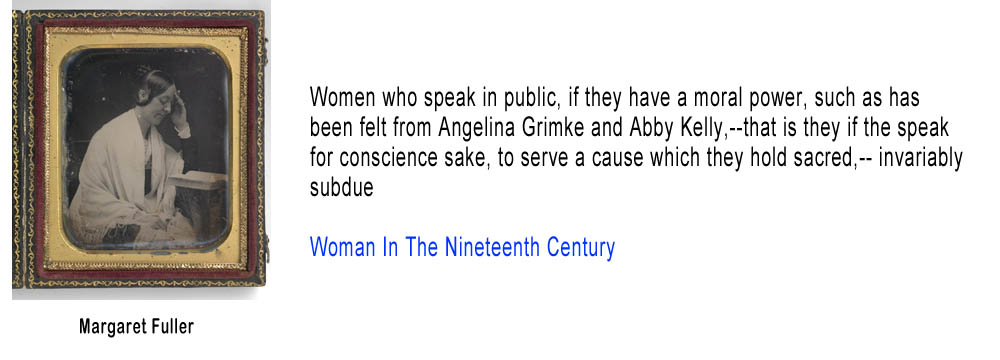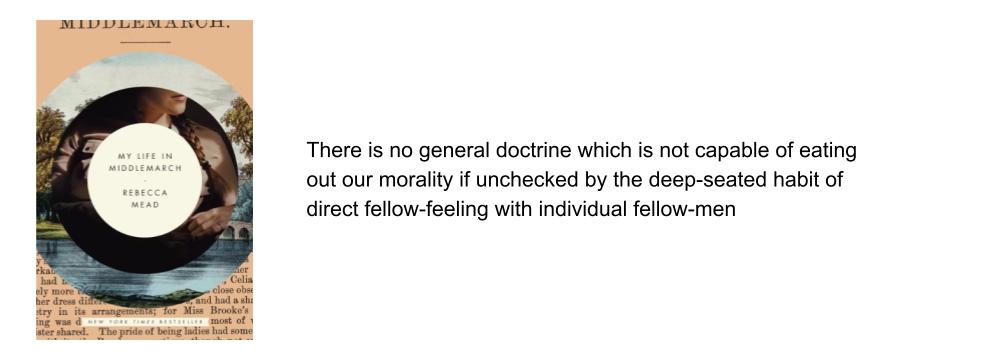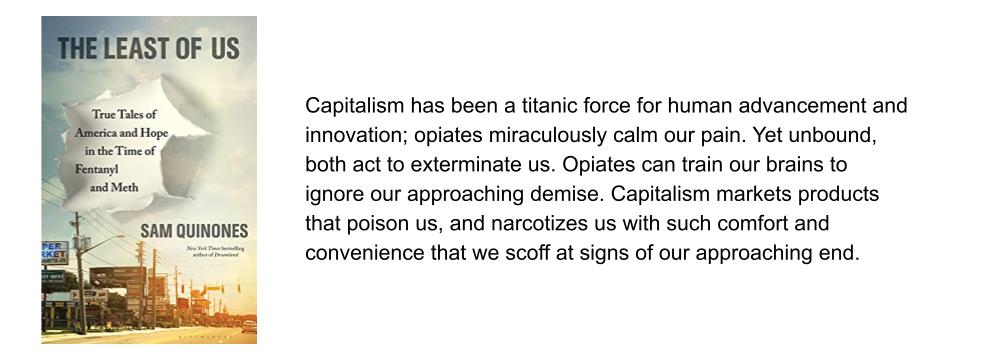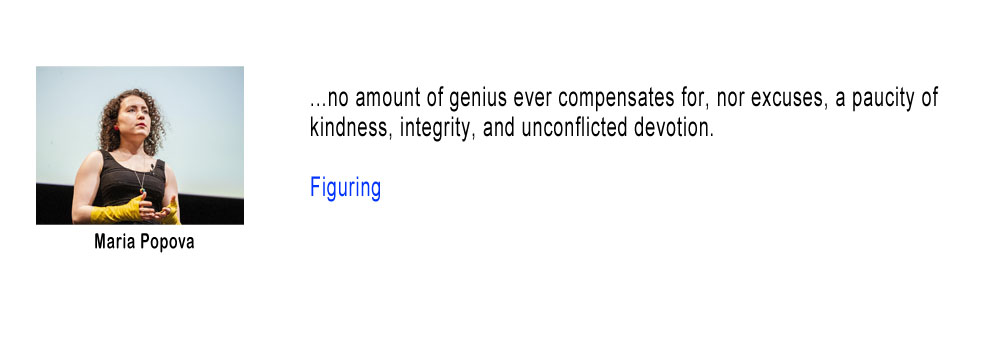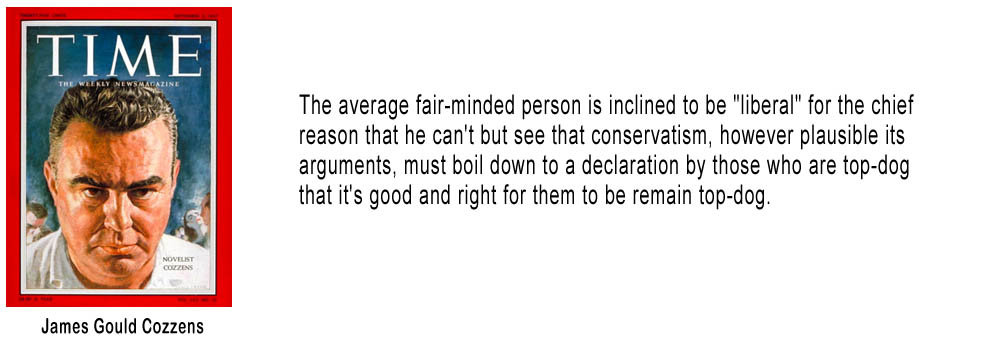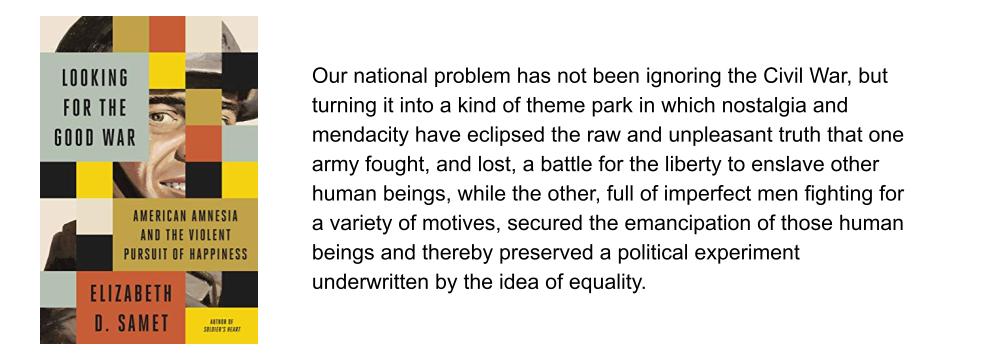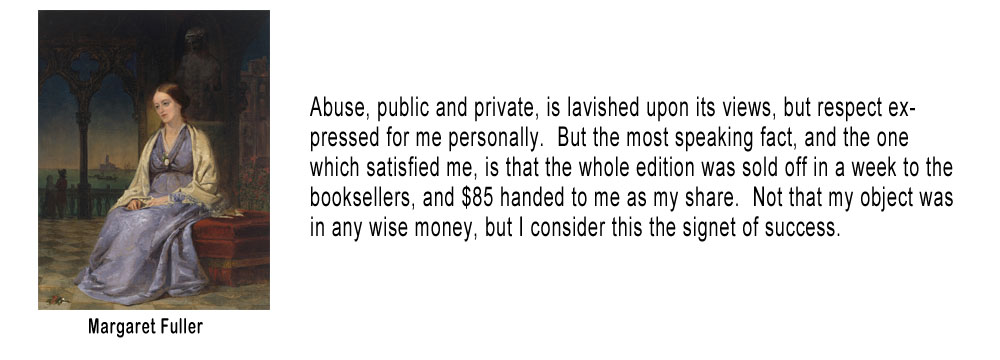Originally published on Passive Activities and Other Oxymorons on March 25th, 2011.
____________________________________________________________________________
Robert K.K. Pang, et ux. v. Commissioner, TC Memo 2011-55
Not everything that happens happens to you.
We recently lost someone to an auto accident, so I’m not inclined to take my usual irreverent approach to this case. It was an interesting one, though, so I didn’t want to let it go by.
Here is the story:
On December 5, 2002, Mr. Pang was involved in an automobile accident in which he hit a pedestrian with his vehicle. The pedestrian later died as a result of this accident. The pedestrian’s estate filed a claim against Mr. Pang for wrongful death.
Mr. Pang had a personal automobile insurance policy with Tradewind Insurance Co., Ltd. The policy had a liability limit of $100,000 per person for bodily injury, death benefit endorsements of $50,000, and personal injury protection (PIP) of $10,000. 2 Mr. Pang’s insurance company concluded that the proximate cause of the accident rested with Mr. Pang, and they tendered to the estate payments that exhausted the policy’s limits—i.e., $100,000 for bodily injury, plus a death benefit of $50,000, plus a PIP payment of $10,000.
In order to fully settle its claim against Mr. Pang, the estate insisted on a large contribution of funds from Mr. Pang in addition to the insurance funds it had already received. Following arbitration, Mr. Pang agreed to pay $250,000 to the estate.
I’m feeling particularly unkindly toward motorists who hit pedestrians this month, but if you think about it, all it takes is a bit of inattention. I’ve had some close calls myself both as a pedestrian and a driver. So if I was Mr. Pang’s tax advisor, I’d be thinking the same thing his advisor or he himself must have been thinking. Is there anyway that the $250,000 might be deductible ? They came up with a theory:
The Pangs maintain, however, that their $250,000 settlement payment is deductible under section 165(c)(3) as a casualty loss because Webster’s Dictionary defines “casualty” as “osses caused by death, wounds” and the accident victim’s death in December 2002 was certainly a casualty.
The Tax Court wasn’t buying it.
This issue is resolved not by Webster’s definition of “casualty” but by the Code’s provisions for “casualty loss”…………… Moreover, the Pangs’ position conflates two distinct things—the victim’s casualty (which occurred when he died in 2002) and the Pangs’ financial loss (which occurred when they made their payment in 2004) —and does not explain how the “casualty” of the victim results in a deductible “casualty loss” for the Pangs under section 165.
The Pangs’ claimed loss is attributable not to property damage but to the monetary settlement of a wrongful death claim. To the extent the Pangs are arguing that the payment constitutes a loss of their property, we find that to be beyond the scope of section 165(c)(3). The term “losses of property” in section 165(c)(3) does not include a taxpayer’s monetary payment to a third party or a decrease in the taxpayer’s net worth.
I generally root for the taxpayer, when their arguments aren’t totally lame. I don’t think Mr. Pang’s argument was all that lame, but I’m still glad that he lost. Think about driving a little slower and pay attention to your driving and don’t be such a cheapskate on your liability limits in case, God forbid, something happens anyway.

